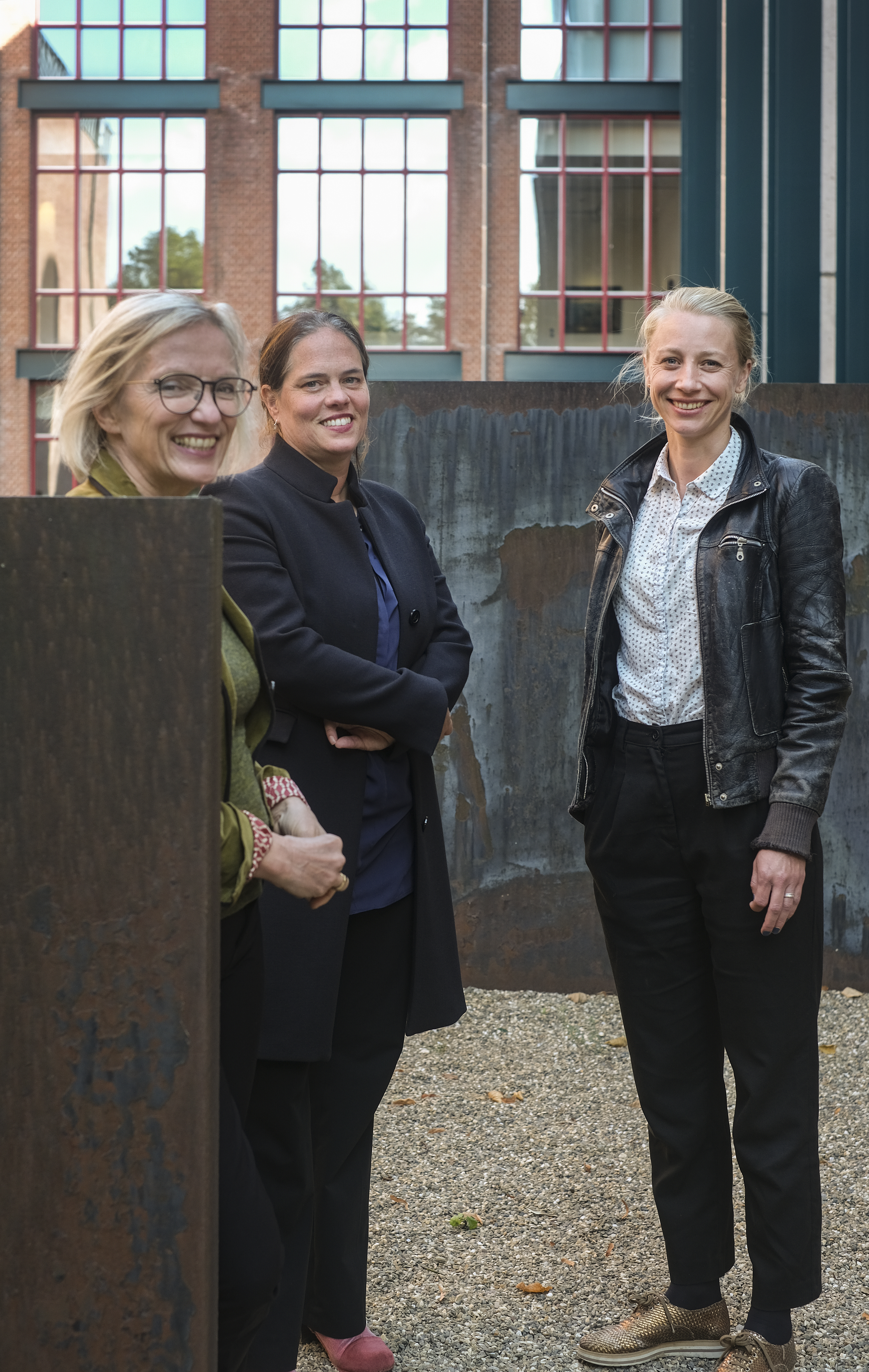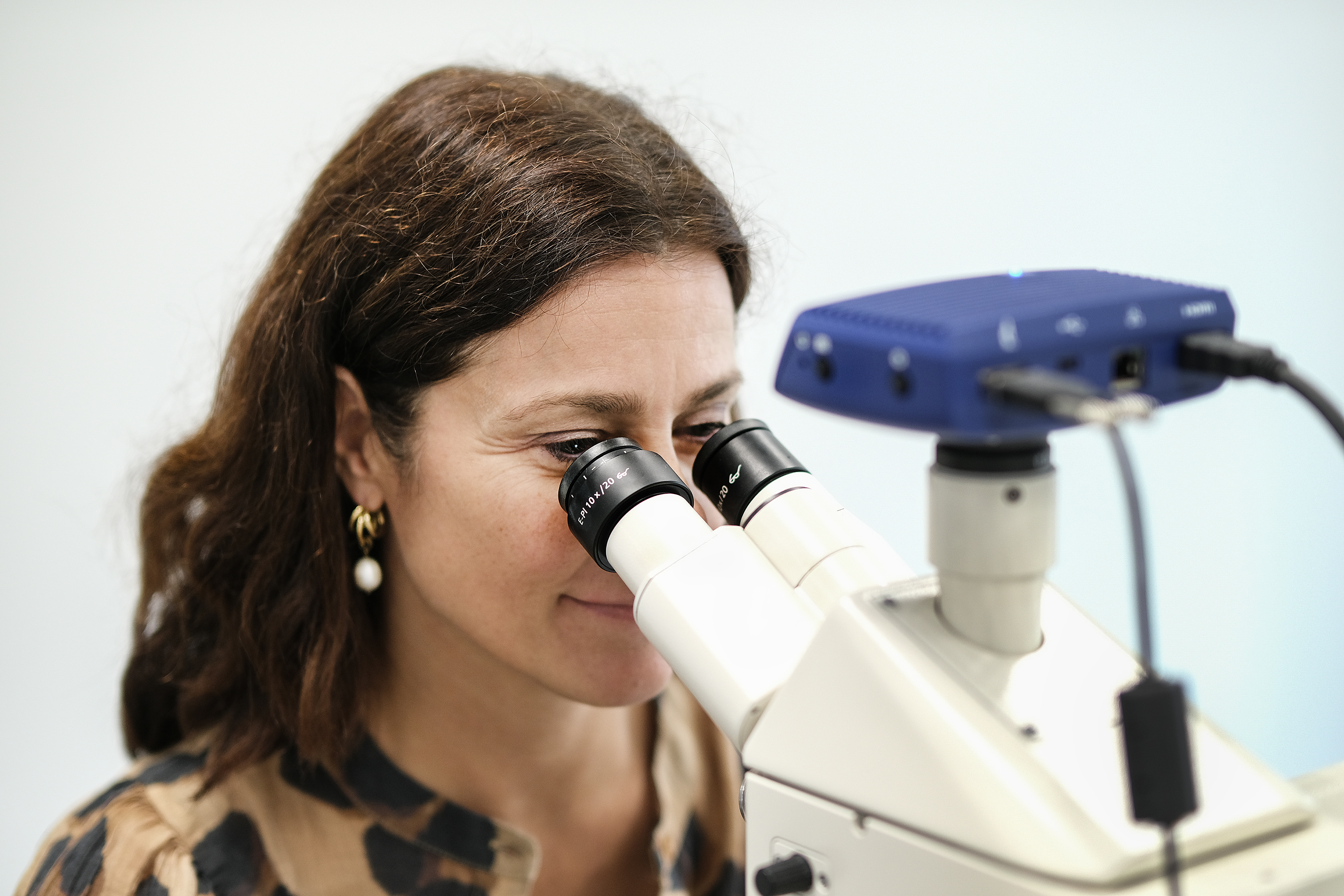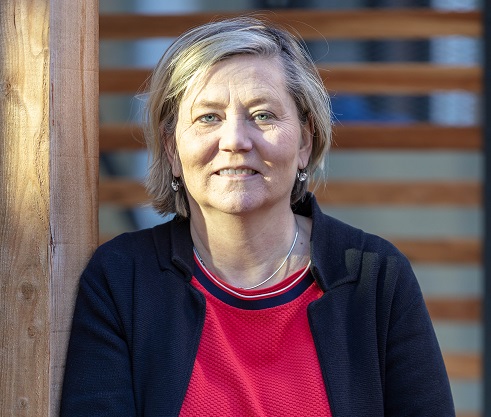Legacy of contemporary art
The collaboration between the Maastricht Centre for Arts and Culture, Conservation and Heritage (MACCH) and the Stichting Restauratie Atelier Limburg (SRAL) dates from 2015, the year that MACCH was established. At the time of its establishment, MACCH director Vivian van Saaze already expressed the wish not only to collaborate with other faculties within Maastricht University, but also with social partners. This year, the collaboration between MACCH and SRAL will receive a new impulse with the arrival of the new director of MACCH, Claartje Rasterhoff.
This impulse builds on the many years of cooperation between SRAL and Maastricht University’s Faculty of Arts and Social Sciences. The two set up, together with other partners and institutions, the 'Artists Legacies' project.
Legacy
The 'Artists Legacies' project is about the legacy of modern art. An artist makes art, or objects, but what happens to these objects after the artist dies? “Nowadays there is increasing interest in the legacy of artists. Here, public actors such as conservators and restorers often oppose private actors such as lawyers and financial advisers. Diverse stakeholders want to have a say in what happens to art objects and the artist’s legacy after an artist deceases. Some artists have their entire collections taken over after their death, while the works of other artists are left untouched because they are, for example, difficult to market,” Vivian explains.
According to Claartje, there is a noticeable development in the field of decision-making regarding inheritance. “Artists are increasingly given a seat at the table to discuss and decide which works of art by deceased colleagues will be restored and exhibited. Hopefully, this ensures that works of art will be saved that would normally be overlooked.”
While this subject is still in its infancy in the Netherlands, it is already receiving much more attention in the United Kingdom, Vivian explains. “In the UK, organisations such as the Art360 Foundation are already collaborating with artists and estates at an early stage to help them shape their legacies and increase accessibility of cultural heritage. When is it a good time to ask and act on what should happen to artists’ oeuvres and archives once the artist or artists are no longer around? Who should be involved and what forms of collaboration are desired? Is this a task for museums only or could we imagine other pathways? There is a lot to take into account.”
Restoration
Once the question has been answered as to what should be done with the art object - whether it is worthy of preservation or not - the question arises as to who will restore the object. “It is rather logical that an oil painting is restored by the painting restorer. The bronze work of art will be restored by the metal restorer. But if the artwork is made of plastic, or involves an audio clip, or is scented, then things get complicated. In 1905, Picasso placed a violin and a newspaper on a piece of cardboard for the first time. With such works of art, the question arises which part is the most important to restore. Or do we have to restore everything regardless of the costs? Stakeholders are again important here. They decide what art is and what art object should be preserved in what way,” Lydia Beerkens, director of SRAL, says.
One of SRAL's major recent restoration projects is Jan van Steffeswert's crucifix, which now hangs in the Bonnefantenmuseum, Lydia explains. “This work has been researched for 5 years, we have raised funds for it for 10 years to carry out the restoration, and the statue has been restored for 5 years. During the restoration, we used many different techniques. In addition to being an executive company with restoration workshops in Maastricht and on location, we are also a research- and educational institute. We have been able to share our knowledge with many students. But in the case of this work of art, the question naturally arises: wouldn't it have been better to use that money and time to restore 1000 objects instead of 1? Regardless of how much knowledge we have acquired.”

Support
The Province of Limburg supports the research and knowledge sharing that SRAL does, Lydia says. “We hope that our subsidies will be maintained. Close collaboration with MACCH and Maastricht University’s teaching programmes such as the Maastricht Science Programme is of vital importance for knowledge production and dissemination.”
Vivian and Claartje agree: just like you cannot economise on a hospital, you cannot economise on your heritage either. It is a unique opportunity to have a regional conservation institute in the province and to collaborate with it as a university.
By: Eva Durlinger
Pictures by: Joey Roberts and Lydia Beerkens

The Maastricht Centre for Arts and Culture, Conservation and Heritage (MACCH) is an interdisciplinary research centre that brings together economic, legal, (art) historical, philosophical, sociological and practical expertise to the context of arts and heritage.
The Stichting Restauratie Atelier Limburg (SRAL) is an executive workshop, located in Maastricht, with restorers who work on both Limburgish and national heritage. In addition, SRAL has a knowledge institute for education and research in conservation.
Also read
-
A study conducted by the Easo led by Prof. Gijs Goossens of Maastricht UMC+ and Dr. Luca Busetto published today in Nature Medicine.
-
Vascular biologist Judith Sluimer was appointed professor of cardiovascular pathophysiology in October 2020. In her inaugural lecture, she alluded both to the importance of oxygen in the functioning of the heart and blood vessels as well as to the ‘fresh air’ she believes academia is always in need...
-
“In the field of diabetes 2 and cardiovascular disease prevention, the results of our research are a big step in the right direction". Does personalized nutrition have positive effects on health? "The answer to this question is a resounding yes," says Ellen Blaak, professor of human biology and...


